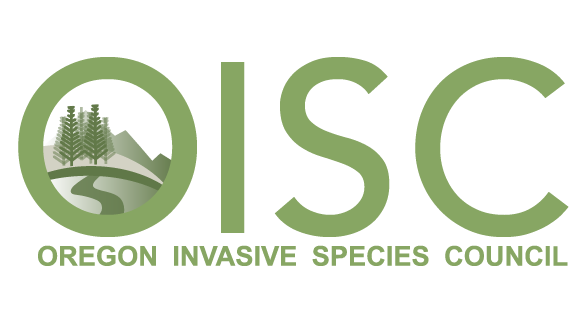Summer 2019 OISC Meeting Recap
/Thank you to everyone who came out to our July 2019 OISC meeting that took place at the Oregon Department of Forestry in Salem, OR. Here is a quick recap of the meeting in case you missed it:
Chair Update and Budget Report
The legislative session ended on June 30, 2019 and the OISC received $150,000, plus a one-time appropriation of $300,000 through House Bill 5050. Between now and the next Council meeting, a budget will be developed that includes Council operations, contribution to the state’s emergency control account for invasive species, and education & outreach grants.
WGA Policy Resolution 2019-06, Biosecurity and Invasive Species Management Update
Bill Whitacre from the Western Governors Association joined the meeting via conference call. WGA’s Biosecurity Initiative is a year long initiative including four workshops in the west and a resulting report with policy resolution. Each workshop was held on a different topic and recordings are available online if you missed them. You can also find the Policy Resolution 2019-06 here, which gives direction to WGA going forward and the Biosecurity and Invasive Species Initiative Special Report, which includes 30-40 specific recommendations to improve invasive species management in the west.
Council Priorities & Implementation
With the passing of Senate Bill 445, there will be updates to the Council’s membership, leadership and reporting structure. Next steps for the Council include updating the Council’s operating procedures, Administrative Rules and work plan to satisfy both the resulting changes from SB445 and the Statewide Strategic Plan for Invasive Species. Highlights from three priority topic discussions about council priorities and implementation are below.
Small Group Working Session Highlights
Snapshot of Outreach & Education Grants Discussion
Discussed a two-tiered approach for launching an outreach & education grant program.
Tier One: General invasive pest topics or campaigns based on Council’s priorities. Discussed media and collaboration with travel organizations and other industries.
Tier Two: Fewer, smaller projects or campaigns including social media and school projects (outdoor school, sports clubs, etc.)
Snapshot of Council Priorities Discussion
SB 445 implementation
Evaluate Action Plan
Maintain hotline
Fundraising & grant writing
Working with industry
2020 Summit
Snapshot of Communication Planning Discussion
Create products that share stories
Connect efforts and people
Emphasis on benefits of coordinated effort
Cross-boundary collaborations
Publicize invasive hotline
Robust events calendar
Interactive story map showcasing across the state
Thank you for a productive Council Meeting!
We hope to see you at the next meeting in eastern Oregon on October 15-17, 2019. More details will be available soon on the OISC meetings page.




